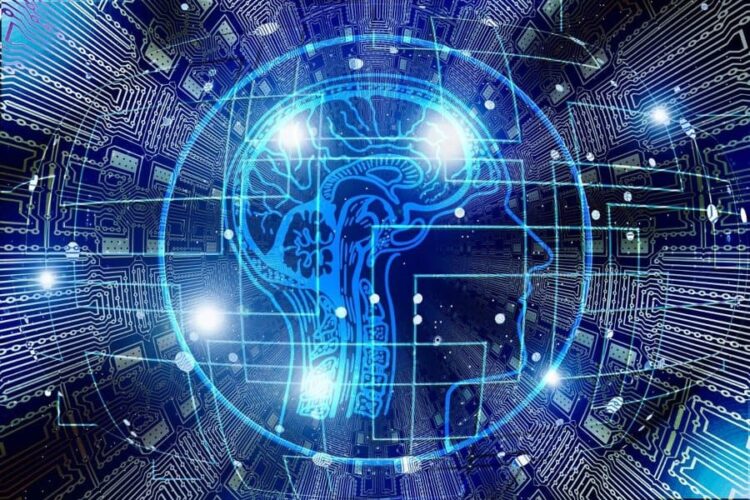As technology continues to advance at an unprecedented rate, its impact on the legal system cannot be ignored. From predicting case outcomes to automating routine legal tasks, artificial intelligence is transforming how we approach justice. However, with these advancements come ethical concerns and questions surrounding the role of AI in decision-making. How do we ensure fairness and transparency? Can machines truly understand the complexities of human behavior?
In this blog post, we will dive into the intersection of law and AI, exploring both the potential benefits and challenges that lie ahead as we shape the future of justice. Let’s get started.
How AI is Changing Law and Justice
As technology evolves, so too does its potential to revolutionize the legal landscape. With artificial intelligence (AI) becoming increasingly integrated into our daily lives, it’s no surprise that its impact on the justice system is being felt as well.
For instance, generative AI models can now review vast amounts of legal documents in a fraction of the time it would take a human lawyer. You can check out how generative AI works and how it’s being used in law to learn more. Additionally, AI-based tools can assist in predicting case outcomes, potentially saving time and resources for both lawyers and judges.
Addressing Bias and Ensuring Fairness
One of the most significant challenges facing AI integration in law is addressing bias. AI systems are only as unbiased as the data they are trained on, and unfortunately, this data is often not a true representation of society’s diversity. For example, if an AI tool is trained on historical criminal data that disproportionately represents certain races, it may lead to biased decisions in future cases.
To address this issue, it is essential to increase diversity in the development and training of AI systems. Additionally, regular monitoring and evaluation can help identify and correct any biases that may arise in these systems.
The Human Element
While AI has the potential to streamline processes and make more efficient decisions, it is crucial to remember that the law is ultimately a human construct. As Professor Richard Susskind puts it, “lawyers are not being replaced by robots, but by other lawyers and clients armed with AI.”
In other words, humans will always play a critical role in the legal system. It is essential to strike a balance between using AI to enhance decision-making and maintaining human oversight. This ensures that justice is not only efficient but also ethical and transparent.
The Ethical Debate
The integration of AI into law poses several ethical dilemmas, such as the use of predictive algorithms in sentencing and potential privacy infringements. As AI continues to advance, it is crucial to have open discussions about the ethical implications of its use in the legal system.
Transparency and accountability are key in addressing these concerns. As AI becomes more prevalent in law, there must be clear guidelines and regulations on how it can and cannot be used. Additionally, regular audits and reviews can help ensure that AI is being used ethically and in the best interest of justice.
As we move forward, it is crucial to have ongoing discussions, collaboration, and ethical considerations in shaping the future of justice. With careful thought and implementation, we can harness the power of AI while still upholding the principles of fairness and equality that are at the core of our legal system. So let’s continue to explore the possibilities and work towards a more just future, where technology and humanity intersect seamlessly.










